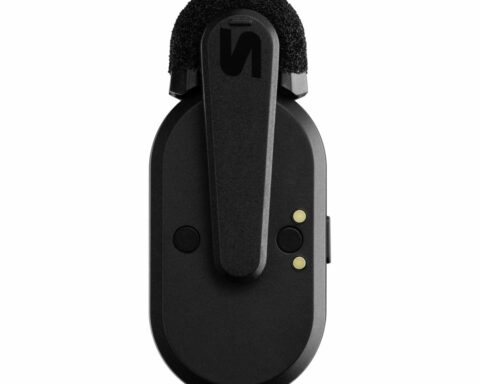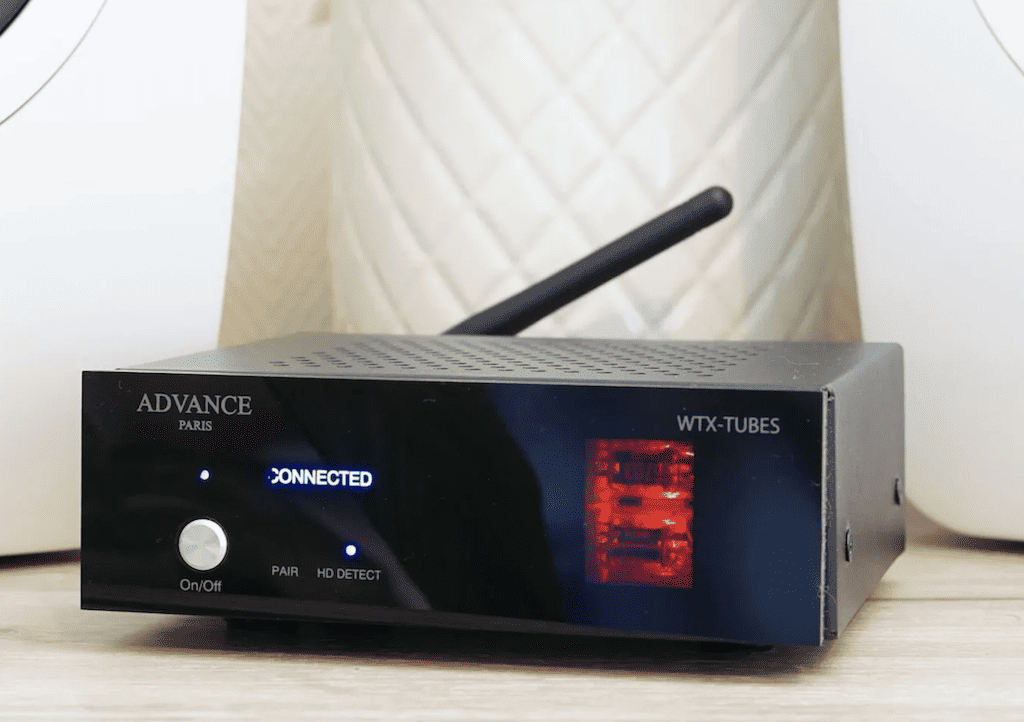Linksys Velop Mesh Extenders REVIEW
Summary
Linksys Velop Mesh Extenders REVIEW
PAT PILCHER discovers killing Wi-Fi Dead zones isn’t all that hard with bomb-proof solution from Linksys that’s dead-easy to set up and designed to be next to invisible.
$589 (3 pack)
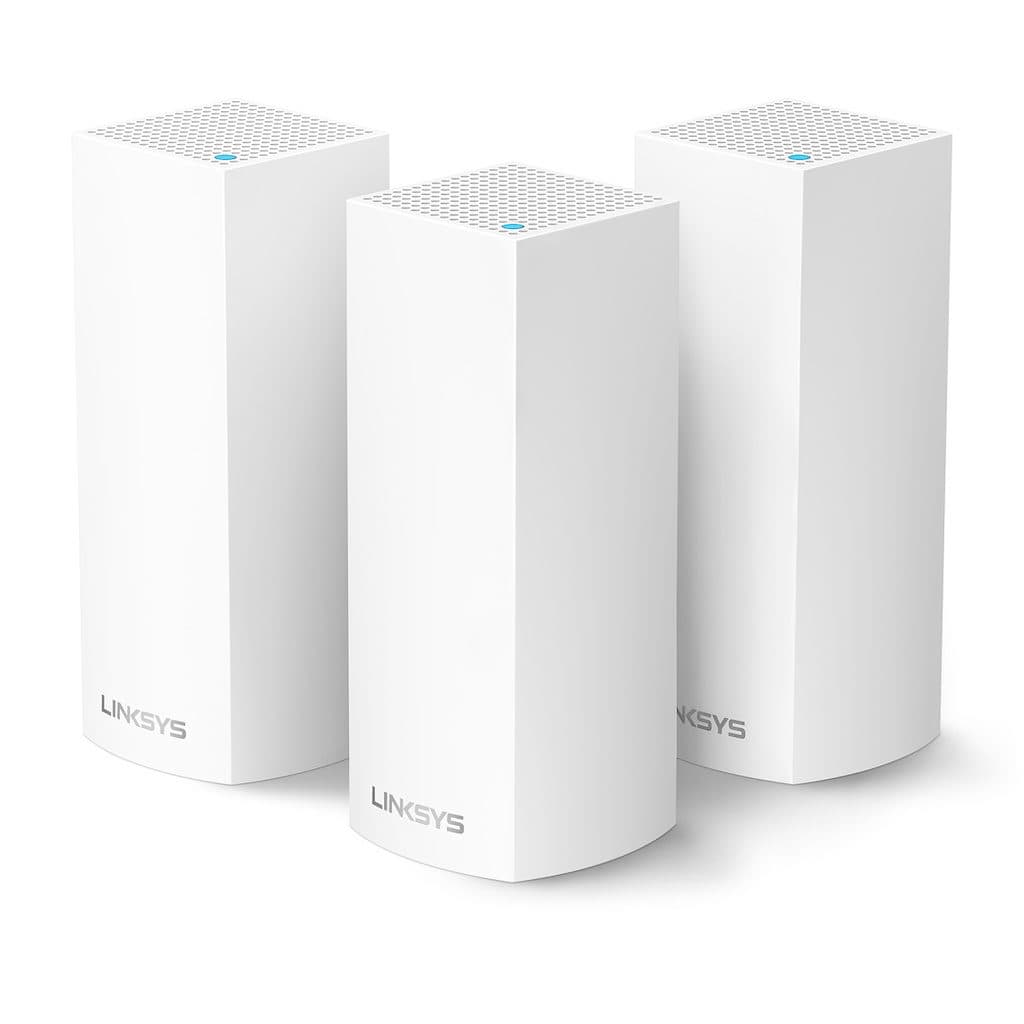
Routers. Let’s face it, we all need ‘em! (How else can we feed our internet addiction without blowing our mobile data allowances?) And yet, they can be so very frustrating to deal with.
For non-techy folks, getting a router set up is often the stuff of nightmares. More than a few of you reading this have also probably experienced the joys of trying (and failing) to connect new widgets. Then there’s the age-old issue that goes back as far as the dawn of Wi-Fi itself – coverage. No matter how fancy your router, there’s always a Wi-Fi dead spot somewhere, and it’s usually where you most need internet access.
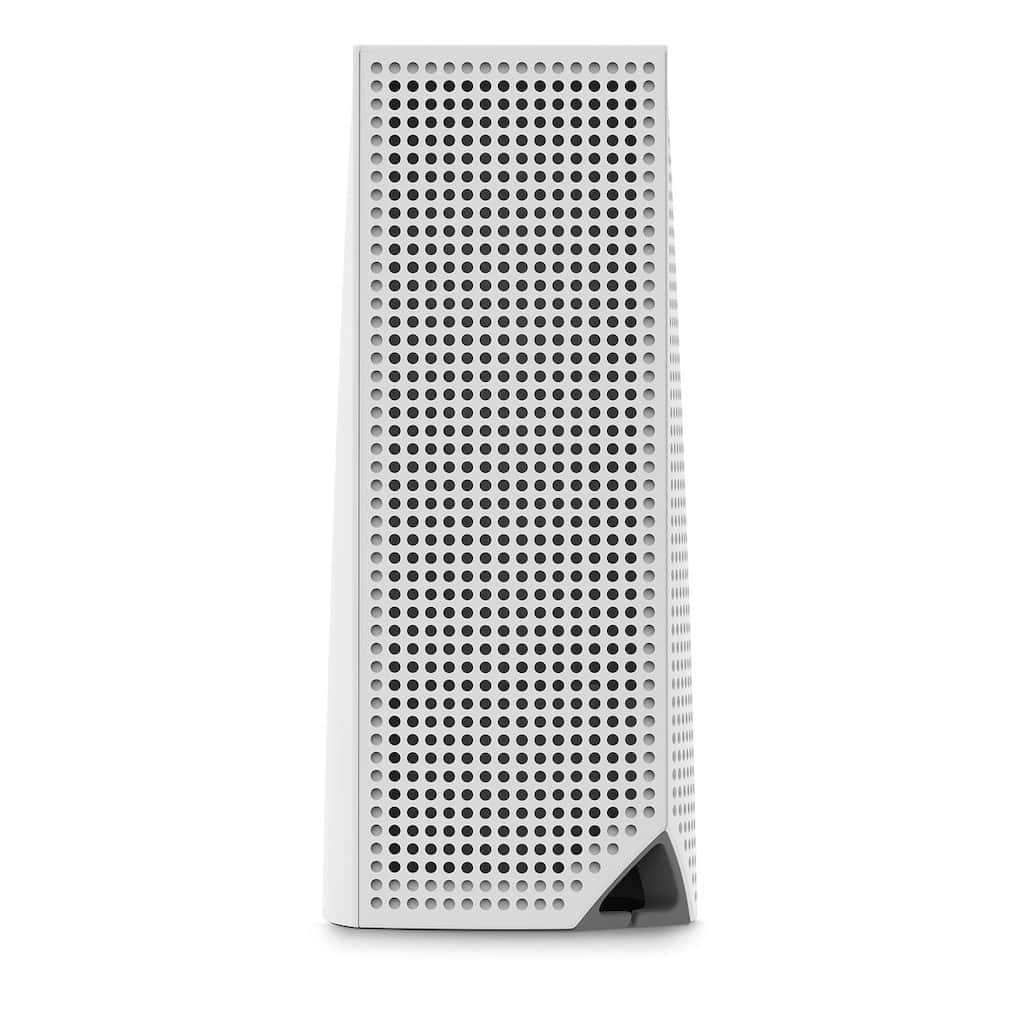
More recently, things have improved for the better. Router manufacturers have moved heaven and earth to simplify the router setups. New technologies such as Mesh networking are also making Wi-Fi dead zones a thing of the past.
While we all know that routers provide limited wireless coverage, Mesh technology gets around this by relaying wireless data between plug-in nodes that are essentially mini routers. Each node connects to other nodes and data is passed between nodes until it reaches its destination. The theory being, that by connecting nodes throughout your house, you’ll extend Wi-Fi coverage and kill off reception dead spots.
Linksys has long been an active player in the mesh space. Their Velop mesh extenders are so fool proof, that (shock-horror!) even I got them set up and working the first time around.
Getting a home network product like a router or mesh extender right is no easy task. The router market is a very contradictory place. Power users and high-end gamers want routers that are blisteringly fast and crammed with oodles of bells and whistles that are simply baffling to the average user. Routers like Netgear’s XR700 (https://witchdoctor.co.nz/index.php/2019/11/netgear-nighthawk-review/) sport a black-on-black stealth fighter design, are covered in blinking LEDs, and look like something out of a sci-fi movie.
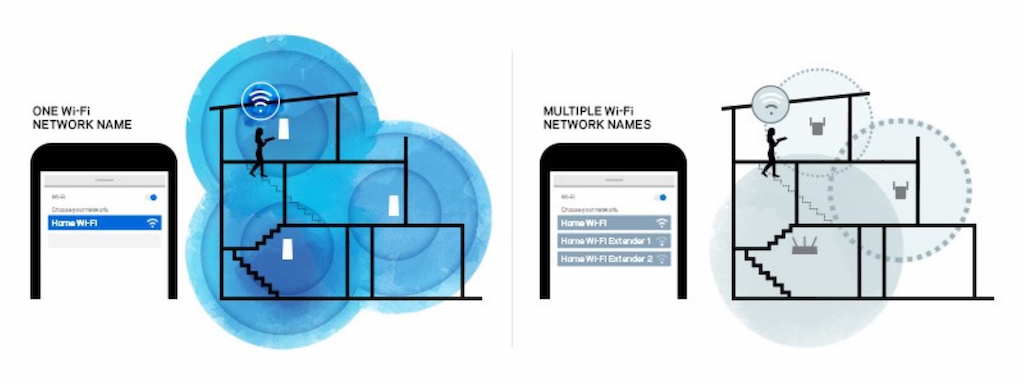
Then there are those wanting something that just works yet stays out of the way. An example of this is Google’s Wi-Fi, which sports a clean, minimalist design and theoretically will disappear into your home’s background. More crucially, they’re also simple to setup.
This hasn’t been wasted on Linksys engineers and designers. They’ve carefully worked hard to get this right with Linksys Velop. Unlike a standalone router, Mesh network widgets are plugged in throughout your house. Because of this, Linksys wanted to make sure that you didn’t end up uglifying multiple rooms in your home. They do this by making their Velop gear as subtle as possible. While the Velop’s tower-shaped white-on-white widget isn’t small, it isn’t covered in antennas and blinking LEDs (there’s just one LED on its top) with the aim being to ensure it’ll blend into the décor of most homes.
Considering that Mesh extenders are primarily wireless relay devices, the Velop packs a surprising amount of computing power. This starts with a 716MHz quad-core processor (which also has three additional “offload” processors, a healthy dollop of 4GB flash memory and a whopping 512GB of RAM. On the radio front, they also feature tri-band AC6600 MU-MIMO wireless, and 802.11ac/n/a plus 2.4Ghz and 5GHz antennas. There are also two gigabit Ethernet ports on the underside of each extender.
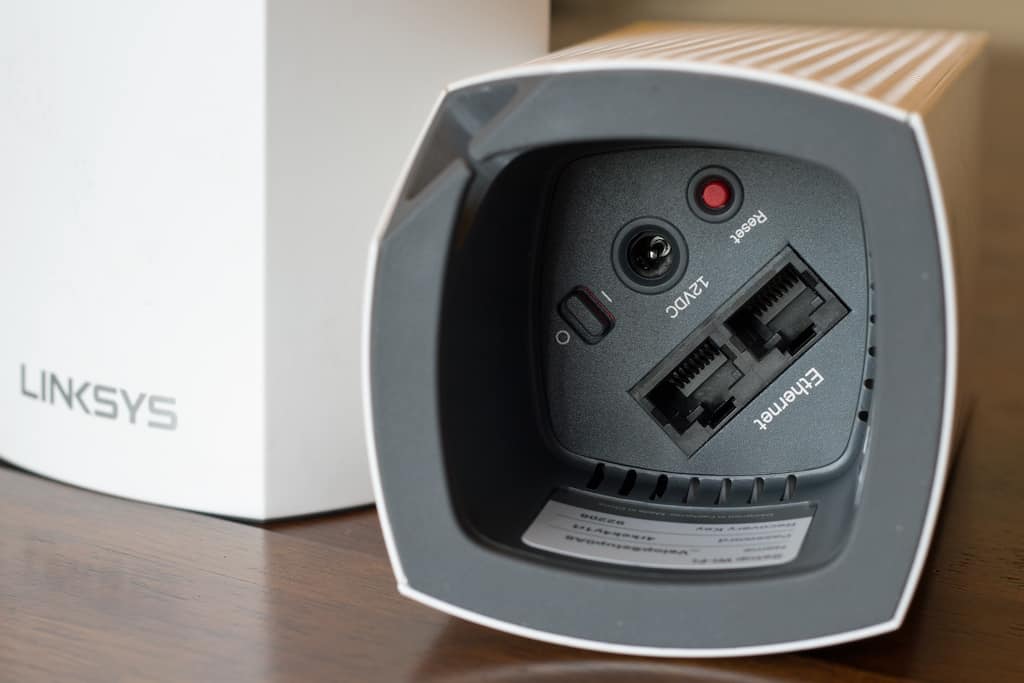
If getting setup was any easier than with the Velop, I’d be shocked. Using the Linksys app on my smartphone, I got the Velop extenders up and running in mere minutes. In short, the app is so simple that even the most tech-challenged of us is likely to be up and running in no time flat. This is due to a well-executed mobile app in which each screen clearly explains everything you’ll want to know using plain English and straightforward but accurate illustrations.
The flip side of all this simplicity goes back to the contradictory nature of the router market. While the Velop is going to be perfect for most users who want a simple solution that works, power users could find it frustrating. Those wanting a web console to tweak the Velop’s settings will find that it can only be managed via the Linksys smartphone app. They’ll also find the levels of control available limiting. That said, the Linksys app is a gem, and is easily one of the best router apps around.
The Linksys Velop kit delivered decent performance once set up. While just over 56Mbps down and 47Mbps up in the same room as a node using 2.4GHz is middling, I got solid performance from everywhere in my house. I moved into the hallway and got uploads of 49Mbps while downloads stayed steady at 44Mbps.
Using 5GHz in the same room as a node, I clocked up 239Mbps down and 184Mbps up. From the bathroom (usually a 5GHz dead zone, I got 230Mbps down and 221.31Mbps up. This is not too shabby at all.
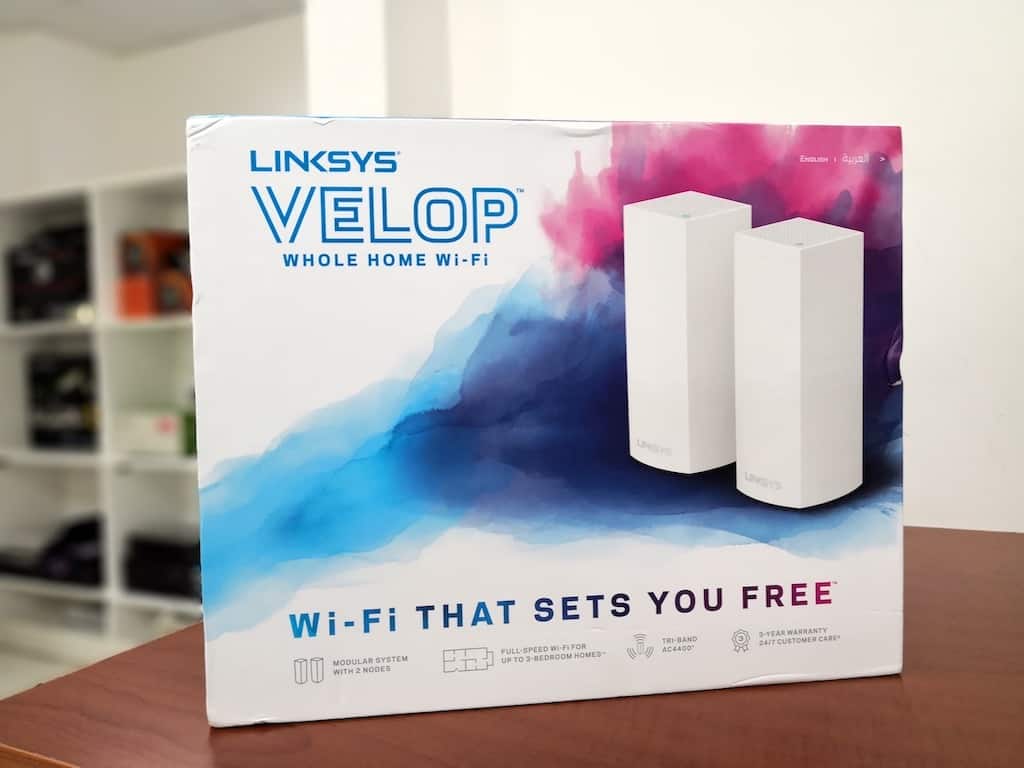
It isn’t all just about speeds either. Signal reliability throughout my entire home is now rock-solid. My wife’s office at the far end of the house (from my router) has ropey connectivity. This is not helped by a block of flats next door. Most flats have their own routers, and these occupy all Wi-Fi channels. This often leads to her marginal Wi-Fi getting swamped and disconnecting her office PC and printer. With the Velop gear installed, her office connectivity is near bomb-proof.
Then there’s also the Velop’s rather neat party trick. Using an extra subscription service that Linksys call Linksys Aware, you get a motion-sensing network. It can track people and animals in your home without additional cameras or sensors.
This works because Linksys Aware detects changes to Wi-Fi signals and sends alerts to the Linksys App. To ensure you don’t get swamped by alerts, they can be turned off and snoozed. Sensitivity levels are also adjustable so the system can be used to only send alerts for humans or for pets. Linksys Aware is free for the first 90 days and from then on costs a monthly fee.
If you’re looking for an almost bomb-proof way of banishing Wi-Fi blackspots without having to get a doctorate in computer science, Velop is just what the Witchdoctor ordered. Add to that its rather spiffy motion-sensing capabilities and Linksys Velop gear is a very compelling option indeed.








